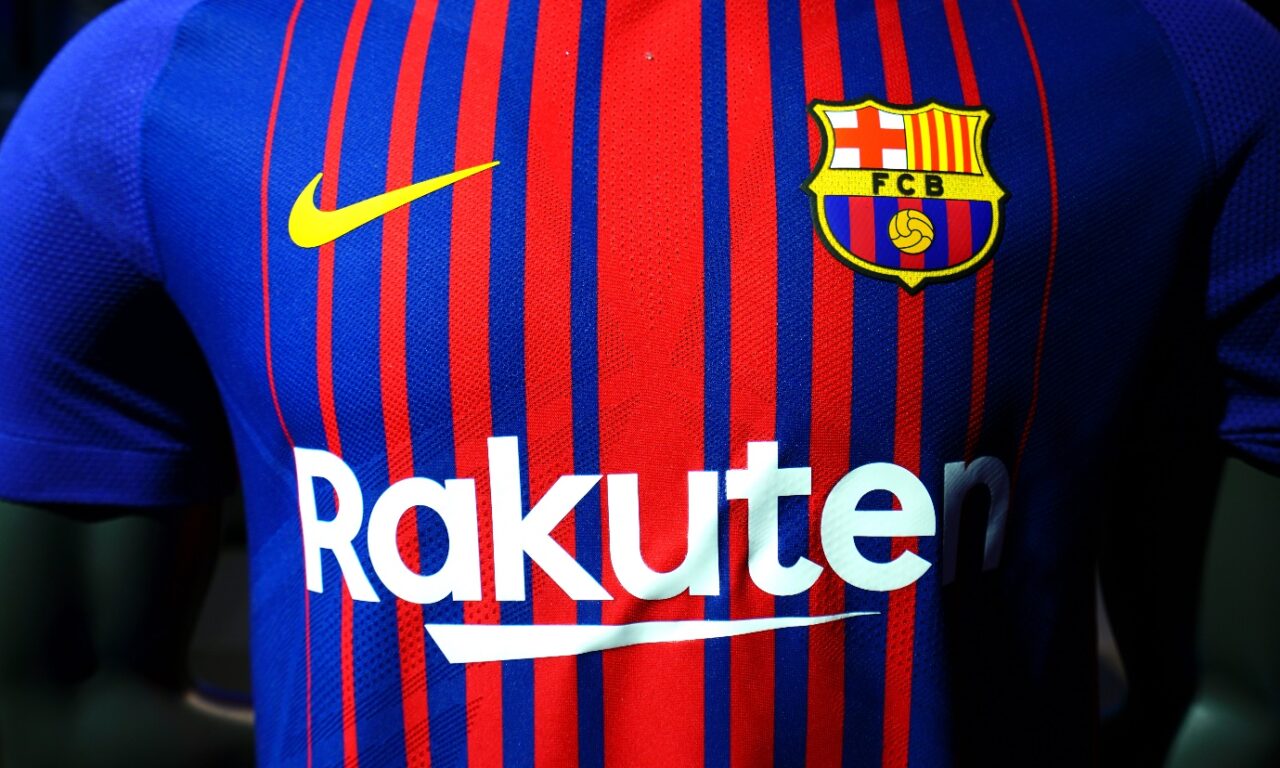Measuring sponsorship impact on brand and business value

Men are from Mars; Women are from Venus. The term could just as easily be applied to marketing and finance professionals. One speaks a language of awareness, consideration and advocacy, and the other talks of compounded annual growth rates and EBITDA. For marketing and finance to agree on sponsorship impact, we must find some common ground. That common ground is brand value.
What is brand value?
Brand value calculates your brand’s contribution to generating revenue for the organisation.
It starts with an assessment of brand strength, the results of which are used to determine a brand royalty rate. The stronger the brand, the higher the royalty rate. For example, we expect to pay more for a t-shirt with the Ferrari logo than one with the Skoda logo. At this point, most of our marketing readers are still with us when talking of brand strength scorecards and royalty rates. Now for the bridge.
The determined royalty rate of each brand is applied to the forecasted revenues of the company. For example, if the company is predicted to turnover £500 million for the next five years and the brand-specific royalty rate is 1%, the brand revenue would be £5 million. Now for the finance bit.
That £5 million of future brand revenue is not money in the bank; it is subject to economic risk. We need to apply an appropriate discount rate to understand the present-day value of that future revenue. Discount rates assess the point at which your money is worth more today than in the future. Would you rather have £1 million today or £5 million in five years? After discounting our £5 million of future brand revenues, the figure we arrive at is a present-day value called brand value.
How does sponsorship impact brand value?
Sponsorship impacts traditional marketing measures such as awareness, familiarity, preference, and consideration. When calculating brand strength, these same measures are used alongside broader company metrics such as trademark protection, the share of voice, employee rating, and environmental and governance scores.
The uplift in these measures brought about by sponsorship increases the organisation’s overall brand strength. This has a knock-on effect on the royalty rate and, ultimately, the brand value. Using this methodology, marketers can demonstrate improvements in their traditional measures while highlighting the uplift in the overall brand and business value.
Measuring changes in Rakuten’s brand value resulting from sponsorship
Rakuten signed a four-year agreement to sponsor FC Barcelona for an estimated 220 million euros. Brand valuation firm Brand Finance tracked the impact of the sponsorship on key brand metrics using the above methodology. This research recorded a positive uplift in measures such as consideration.
When these uplifts were applied to the brand valuation methodology outlined, the result was an 8% increase in Rakuten’s brand value from €4.3bn to €4.7bn.
The process of evaluating sponsorship by conducting a brand valuation is not an easy one. However, marketing decisions, particularly sponsorship investment, are under greater scrutiny than ever. Presenting uplifts in awareness or media value equivalency won’t cut it in the boardroom anymore. So, before requesting sponsorship funds, consider putting some financial evidence in your corner; the results might surprise you. Here's why you must consider Market research and use this methodology to calculate ROI.









